1. The Pioneer Who Walked on Lava
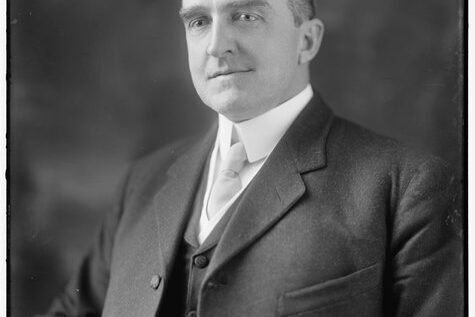
Imagine stepping onto a fresh lava flow, feeling the heat radiating through the soles of your boots, knowing that one misstep could mean falling into a molten river. That was the life of one of the earliest volcanologists, a scientist who refused to observe from a safe distance. Decades ago, when volcano research was still in its infancy, he took the kind of risks that would make today’s experts nervous. He walked across newly formed lava fields, measured temperatures that could melt steel, and got close enough to eruptions to feel the shockwaves in his chest.
But this wasn’t recklessness—it was science at its most extreme. By getting up close, he gathered groundbreaking data on how lava moves, how it cools, and how eruptions evolve. His work laid the foundation for much of what we know today about volcanic activity. However, it came at a cost. Years of exposure to toxic fumes and high-risk environments took a toll on his health. Despite the dangers, he never stopped. He believed that understanding volcanoes was worth the risk, and his discoveries proved him right.
2. The Couple Who Filmed Their Own Doom
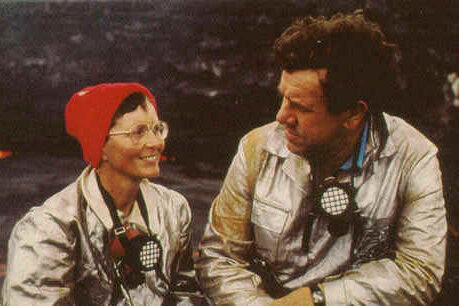
They were known as the world’s most fearless volcanologist couple, and for good reason. Together, they traveled to some of the most active and dangerous volcanoes on Earth, documenting eruptions with a level of detail no one had ever attempted before. Their footage was breathtaking—glowing rivers of lava, fiery explosions lighting up the night sky, entire mountainsides collapsing into smoke and ash. But what made their work truly remarkable was how close they got. While others watched from helicopters or distant observation points, they stood just meters away from the action, wearing nothing but fireproof suits and helmets.
Their goal wasn’t just to capture the raw power of volcanoes—it was to understand them. By recording eruptions in real time, they helped scientists identify warning signs that could save lives. Their research contributed to the development of early warning systems for volcanic eruptions. Tragically, their passion led them straight into a disaster they didn’t survive. One fateful day, while studying a particularly violent eruption, they were caught in a sudden pyroclastic surge—an unstoppable wave of superheated gas and ash that moves faster than a jet plane. Their deaths were a heartbreaking loss to the scientific community, but their legacy lives on. The data they collected is still being used to predict and understand volcanic activity today.
3. The Scientist Who Listened to the Earth
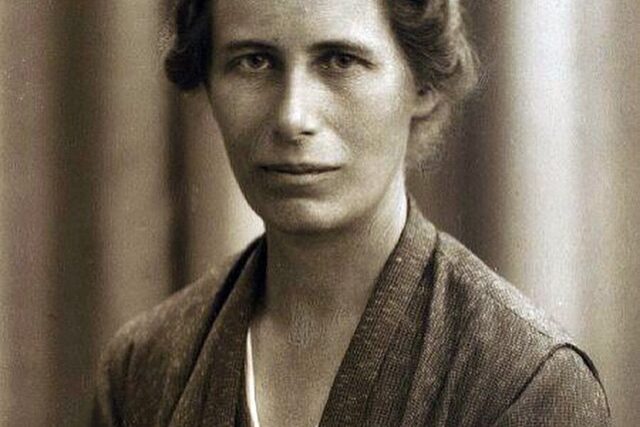
Not all volcanologists rely on sight to study eruptions—some use sound. This scientist spent years perfecting a method to “listen” to volcanoes, detecting the deep, rumbling signals that magma makes as it moves underground. To most people, these sounds would be nothing more than eerie groans or distant thunder, but to her, they were a language. She believed that if we could decode these underground noises, we could predict eruptions with greater accuracy.
Her research took her to some of the most unstable volcanoes in the world. She hiked into craters, placed sensitive microphones near active vents, and endured the deafening roars of eruptions so powerful they shook the ground beneath her feet. It wasn’t easy—volcanoes are unpredictable, and one wrong move could mean being swallowed by a sudden explosion. But her work paid off. Her discoveries helped develop a new branch of volcanology, one that allows scientists to detect an eruption before any visible signs appear. Thanks to her, communities near active volcanoes now have a better chance of getting out before disaster strikes.
4. The Woman Who Runs Toward Eruptions
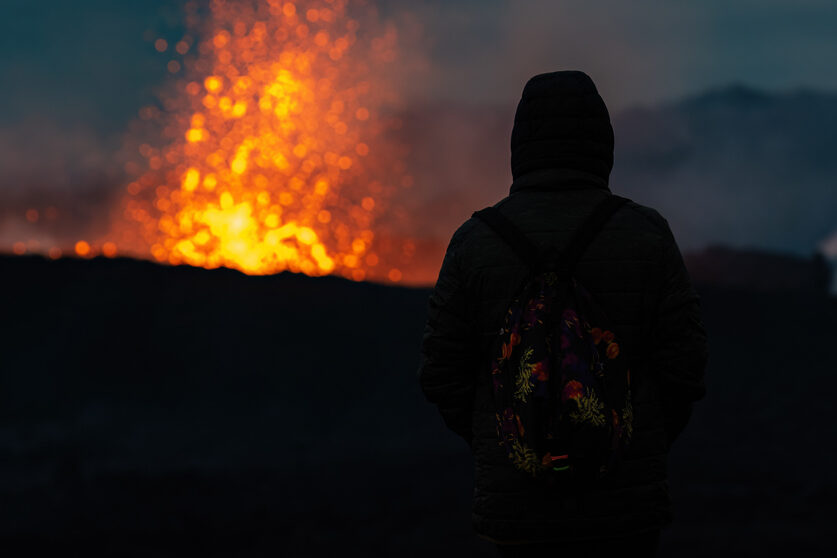
When a volcano erupts, most people flee. This scientist does the opposite. As soon as reports of an eruption break out, she’s already packing her bags, ready to board the next flight. Her mission? To collect fresh lava samples before they cool, studying them to understand the chemistry of Earth’s most destructive forces. The job is brutal. The heat alone is enough to cause severe burns if she gets too close. The air is filled with sulfur and toxic gases that can make breathing impossible without a mask. And then there’s the ground—unstable, unpredictable, sometimes breaking apart beneath her feet.
Yet, she thrives in this environment. While others rely on satellite images or distant observations, she insists on being there, right at the source. Her work has led to breakthroughs in understanding what makes some eruptions more explosive than others. By analyzing the minerals in freshly erupted lava, she can determine how much gas is trapped inside, which helps predict future eruptions. Despite the risks, she has no plans of stopping. To her, every volcano is a new puzzle, and the only way to solve it is to get as close as possible.
5. The Scientist Who Lives on an Active Volcano
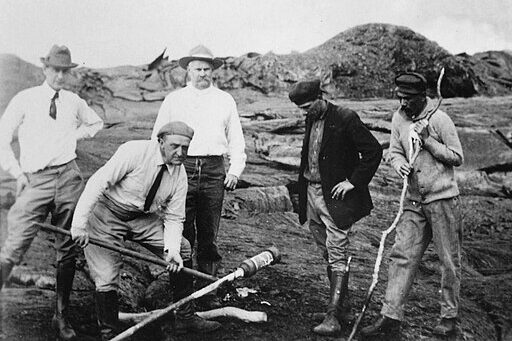
For most people, living next to an active volcano would be a nightmare. For this scientist, it’s home. He believes that the only way to truly understand a volcano is to experience its rhythms every single day. So, instead of visiting for short research trips, he built a life in the shadow of a constantly rumbling giant. His daily routine includes measuring gas emissions, monitoring ground temperatures, and watching for the smallest signs of change. Over time, he has developed an almost instinctual ability to sense when the volcano is about to act up—long before instruments confirm it.
But living in such a dangerous place comes with sacrifices. There’s always the looming threat that the volcano could erupt without warning. He has had close calls—moments when the ground shook harder than usual, or when a sudden gas burst forced him to evacuate within minutes. Still, he stays. His work has provided invaluable insights into how volcanoes behave in the long term. While most studies are based on short-term observations, his research spans decades. Thanks to him, scientists now have a better understanding of the life cycle of active volcanoes and what signs to look for before a major eruption.


